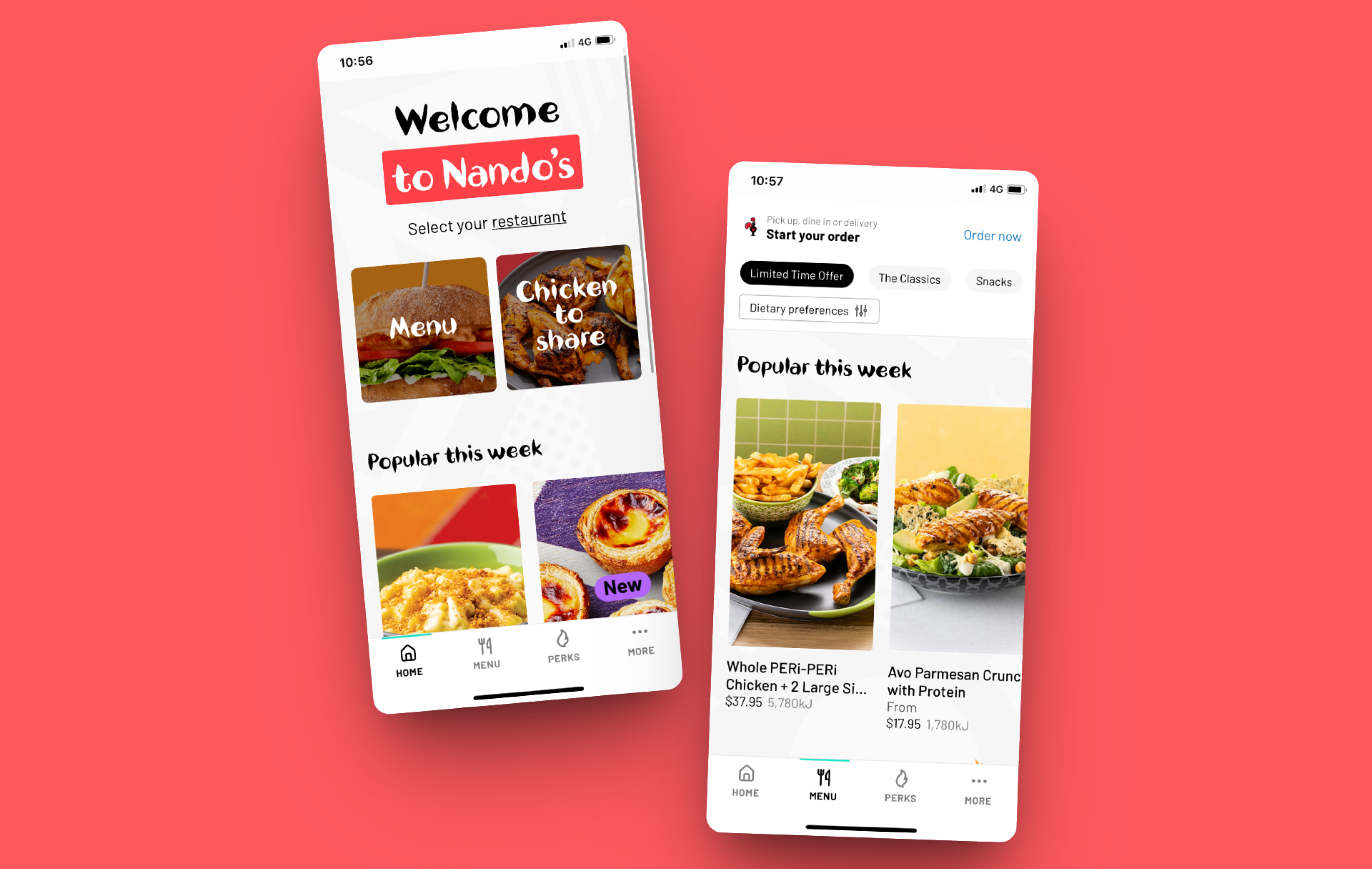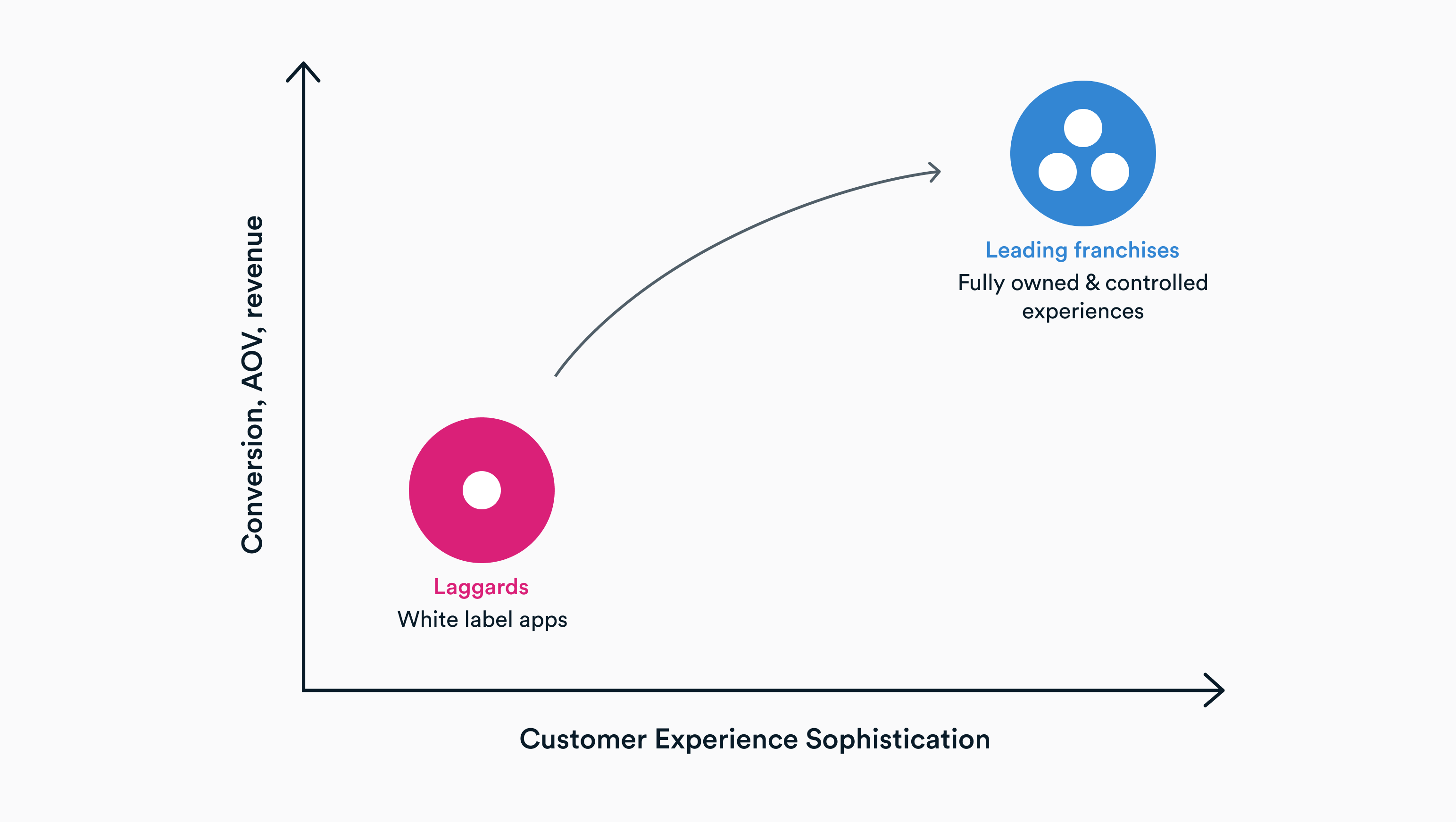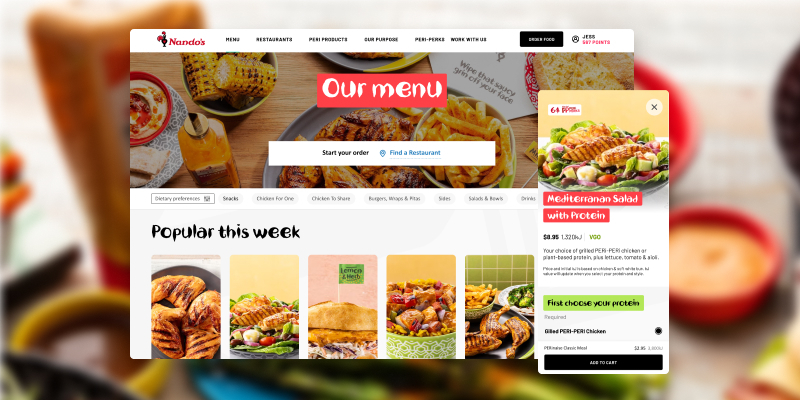Addressing common concerns
These are the most common concerns we hear from franchises when considering the investment to build out custom and owned digital experiences:
"This sounds expensive compared to off-the-shelf solutions"
While there is upfront investment required, the ROI materialises much faster than traditional transformation projects. The key is to focus the initial development on high-value customer journeys with clear revenue impact.
With Australian e-commerce projected to grow to $70.3 billion by 2029 (Retail Asia, 2025), even modest improvements in conversion rates and average order value can deliver substantial returns. We’ve just launched a redesigned custom booking experience for a client and in the first few months we’ve already seen a 30%+ increase in conversion rates-a good example of where focused effort drives immediate returns.
"We don't have the technical expertise to maintain a custom solution"
With the right technology and solutions in place, ongoing maintenance and enhancements can increasingly be managed by your in-house team. Platforms like Contentful and Sanity are designed for ease of use, scalability, and integration, making it feasible for organisations to directly oversee day-to-day operations. This approach provides full control, enables immediate response to issues, and allows your business to adapt quickly as needs evolve.
For larger features and new capabilities, partnering with the right technology provider remains crucial. The investment in a trusted partner is typically justified by a clear business case and ongoing return on investment, especially when rolling out complex initiatives or integrating new technologies. The most effective partnerships are collaborative, with your partner supporting you not only in delivery but also in building internal capability over time.
As your business matures in its digital journey, you can gradually scale your in-house resources, taking greater ownership of your technology roadmap. The right partner will support this transition, helping you build the skills and processes needed to manage and enhance your digital platforms independently, while remaining available for strategic projects or specialised support as required
"Our franchisees are resistant to technology change"
Change resistance is a legitimate concern, but we've found that in most cases franchisees enthusiastically adopt technology that:
- Directly improves their bottom line
- Reduces operational complexity
- Provides visibility into customer behaviour
With 9.8 million Australian households now shopping online and annual e-commerce spending at $69 billion, franchisees who delay digital adoption risk significant revenue loss. The key is involving franchisees early in the process and demonstrating tangible benefits to their specific locations. They should be consulted during the strategic process to ensure their challenges are addressed through the technology.



